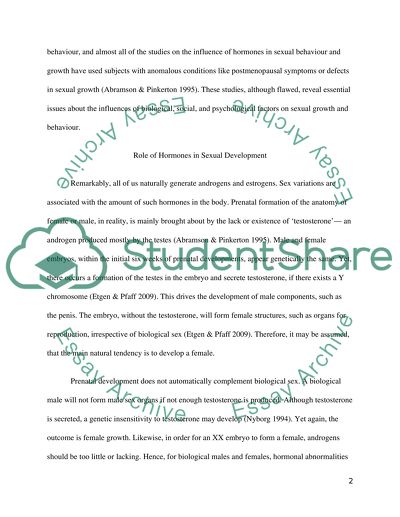Cite this document
(“Role of Hormones in Sexual Development and Behaviour Essay”, n.d.)
Role of Hormones in Sexual Development and Behaviour Essay. Retrieved from https://studentshare.org/health-sciences-medicine/1440950-describe-and-evaluate-the-role-of-hormones-in
Role of Hormones in Sexual Development and Behaviour Essay. Retrieved from https://studentshare.org/health-sciences-medicine/1440950-describe-and-evaluate-the-role-of-hormones-in
(Role of Hormones in Sexual Development and Behaviour Essay)
Role of Hormones in Sexual Development and Behaviour Essay. https://studentshare.org/health-sciences-medicine/1440950-describe-and-evaluate-the-role-of-hormones-in.
Role of Hormones in Sexual Development and Behaviour Essay. https://studentshare.org/health-sciences-medicine/1440950-describe-and-evaluate-the-role-of-hormones-in.
“Role of Hormones in Sexual Development and Behaviour Essay”, n.d. https://studentshare.org/health-sciences-medicine/1440950-describe-and-evaluate-the-role-of-hormones-in.


